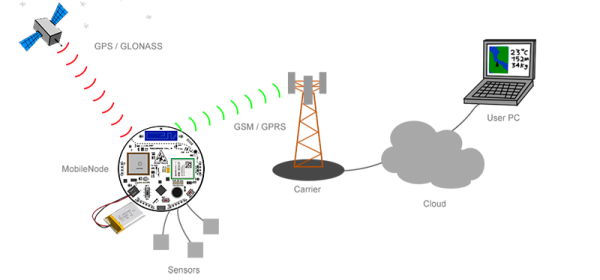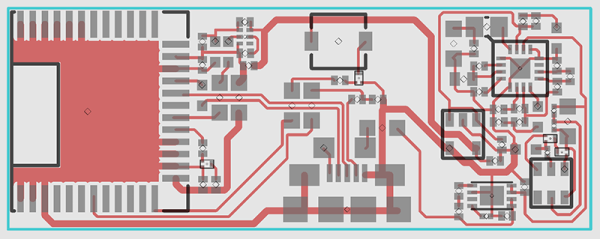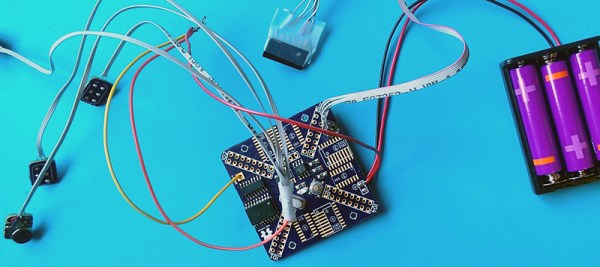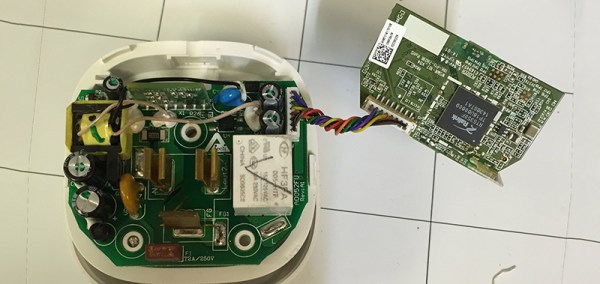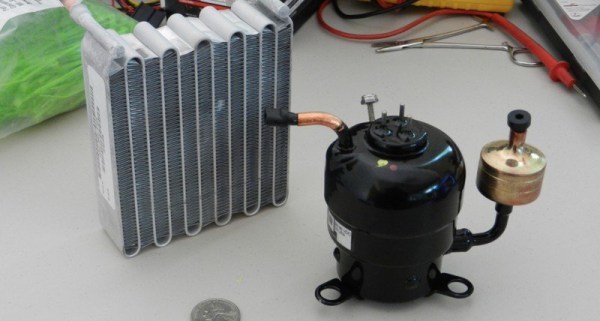The future is the Internet of Things, or so we’re told, and with that comes the requirement for sensors attached to the Internet that also relay GPS and location data. [Camilo]’s MobileNodes do just that. He’s designed a single device that will listen to any sensor, upload that data to the Internet over GSM or GPRS, and push all that data to the cloud.
The MobileNode is a small circular (7cm) PCB with a standard ATMega32u4 microcontroller. Attached to this PCB are GSM/GPRS and GPS/GLONASS modules to receive GPS signals and relay all that data to the cloud. To this, just about any sensor can be added, including light sensors, PIR sensors, gas and temperature sensors, and just about anything else that can be measured electronically.
Of course the biggest problem with a bunch of sensors on an Internet of Things device is pulling the data from the Internet. For that, [Camilo] designed a web interface that shows sensor data directly on a Google Map. You can check out the project video below.
Continue reading “Hackaday Prize Semifinalist: A Mobile Node”

